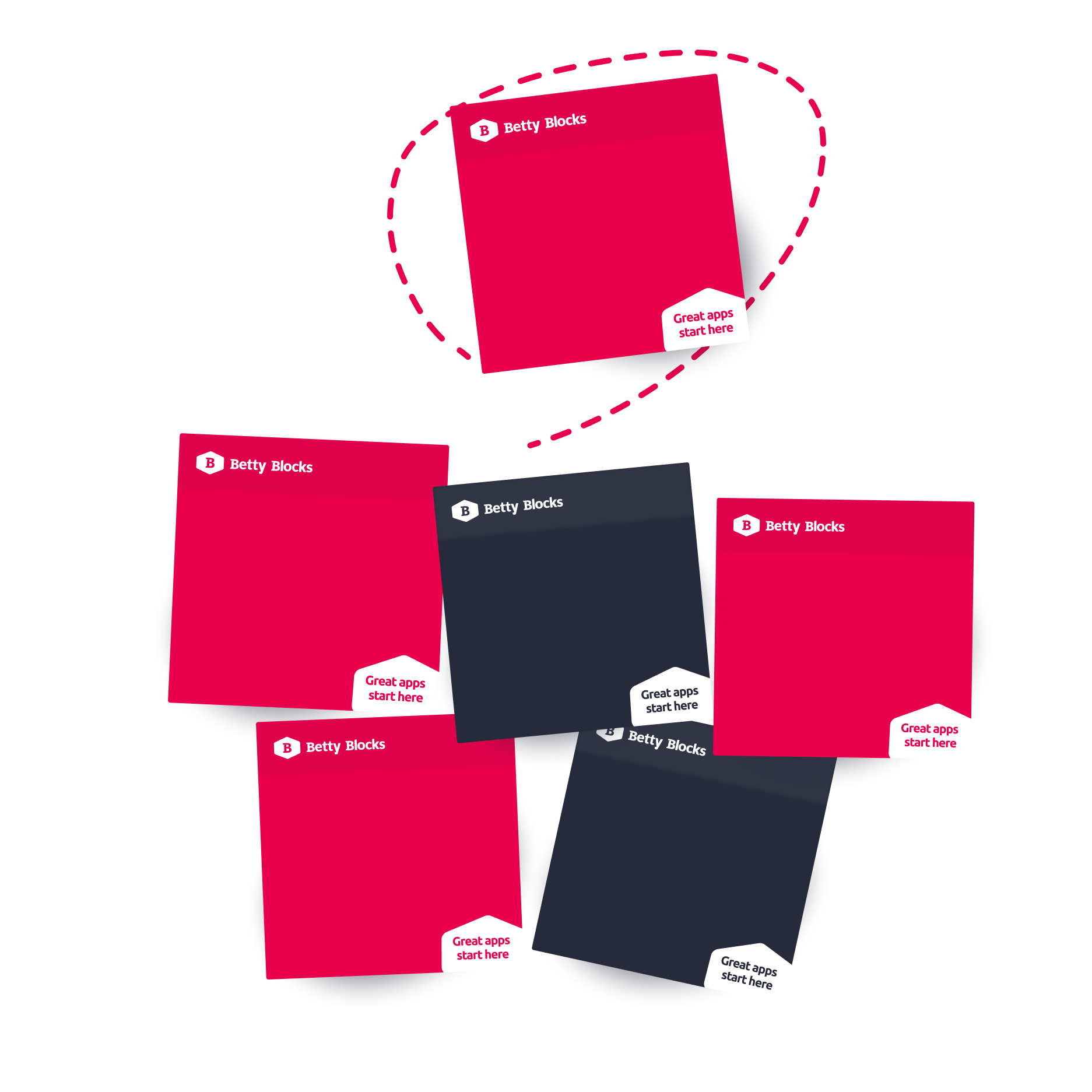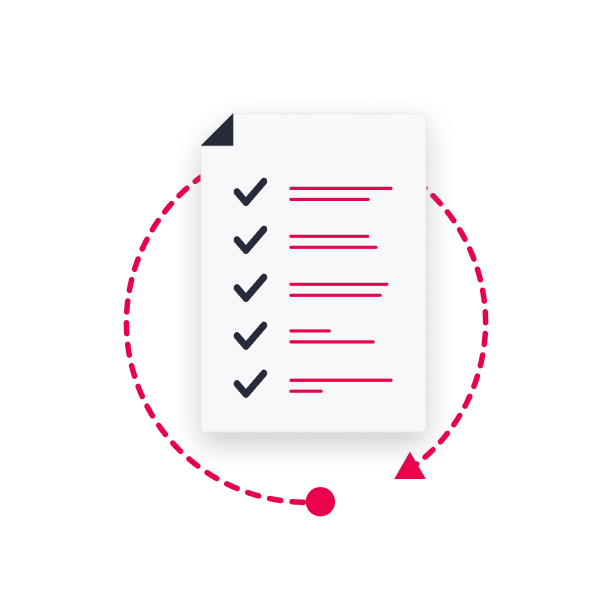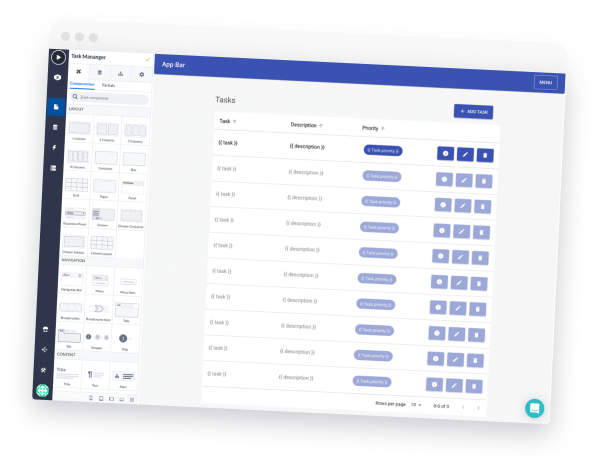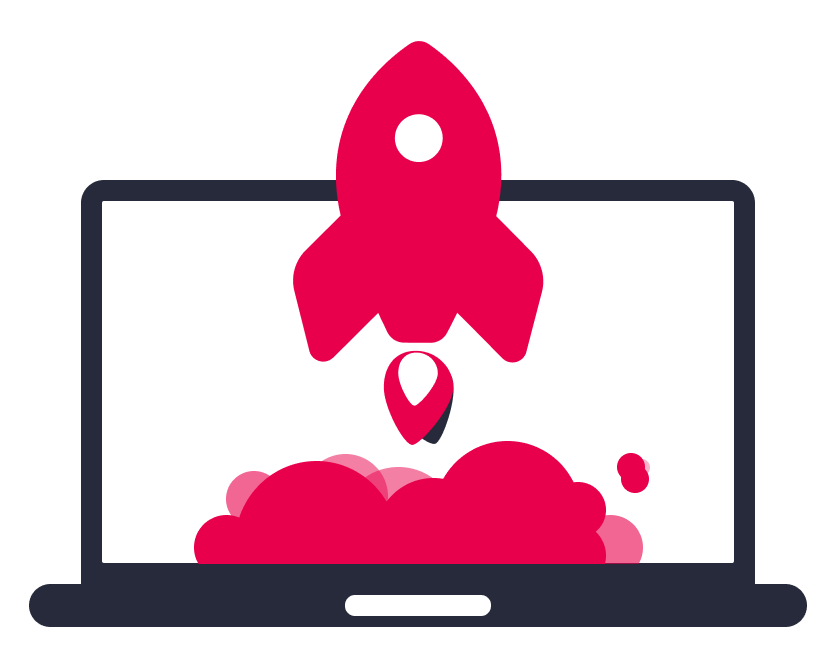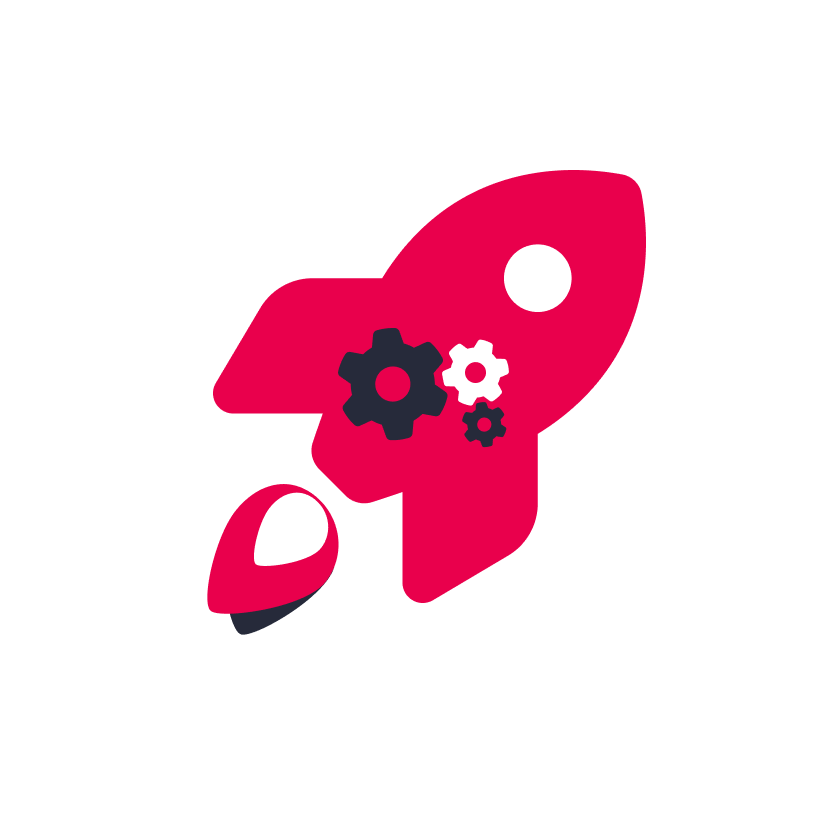The deployment phase is perhaps the most crucial stage of the SDLC model. Successfully deploying an application requires careful planning, communication, role definition, and environment. It helps to create an outline of which components need to be deployed, which systems are affected, and if backup properties are correctly set up. Seamless collaboration between project managers, developers, QA specialists, and product managers is needed to conduct a successful deployment process. Once the environment is configured and tested correctly, the application can move into the pre-deployment phase. Conducting User Acceptance Testing and cross-referencing the testing environment with the production environment ensures that downtime or a negative impact on the IT infrastructure can be omitted.
To ensure deployment success, teams are encouraged to create a communication plan for both the pre-deployment and post-deployment stages to ensure that all stakeholders are informed and prepared. It’s essential that the team is aware of the deployment schedule, impacts, and changes involved in the process. Once an application is deployed successfully, it is important that the organization supports users through dedicated training sessions in order to cement the adoption rate.
Read more about the deployment phase






